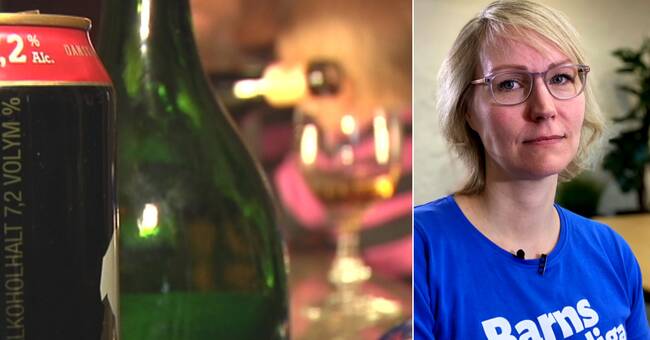In the clip above, Josefin Bogelid, vice chairman of Junis, talks about some of the reasons for the lack of support.
This week, IOGT-NTO's children and youth organization Junis presented its annual report which examines how many children in homes with substance abuse receive support measures from the country's municipalities.
According to this year's report, only one percent of children in substance abuse homes receive support.
In Jönköping County, that figure is even lower, 0.83 percent.
Similar figures for 18 years
And during the 18 years that Junis has made its report, which is based on survey responses from the country's municipalities, no major changes have taken place.
- It is frustrating and it makes me angry, says Josefin Bogelid, vice president of Junis.
She believes that in the future, the municipalities must become better at detecting these children so that they can receive the right support measures.
Once children receive support, Josefin Bogelid's view is that good support is provided in most municipalities.
- It can be about support talks, but also initiatives for entire families.
And it is important with support, among other things, to avoid the children themselves ending up in addiction in adulthood, which is common.
More difficult during the pandemic
The municipalities in Jönköping County state in the survey responses that last year they provided support to 97 children in substance abuse homes.
This is almost 50 fewer than the year before and this may be due to the fact that the municipalities in some cases have not had the opportunity to, for example, as many support calls during the pandemic.
The problems in the home are also believed to have increased during the pandemic when both parents and especially high school students have had homework and homeschooling.
Many leisure activities have been canceled during the pandemic, which has led to children in substance abuse homes having fewer places that can be a refuge.
- The calls to Bris have increased and during the Christmas holidays there were 40 percent more calls than usual, says Josefin Bogelid.

